Find a book

A Book a Month
We can send a book a month for six or twelve months - the perfect gift. More »

Café Music
Listen to our album of Café Music while browsing the site. More »

A parallel in pictures to the world of Persephone Books.
To subscribe, enter your email address below and click 'Subscribe'.
20 February 2018
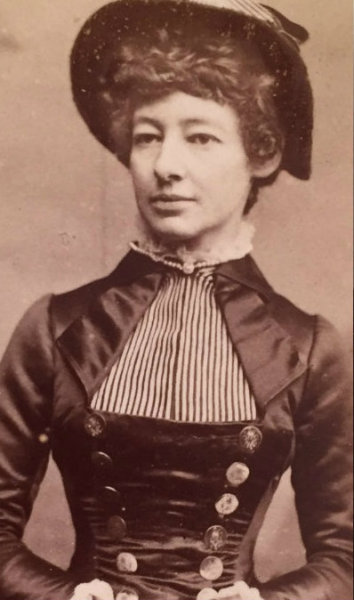
Laura McLaren was brought up at Bodnant and inherited the garden and estate in 1895. ‘A force of nature, she was not just an acclaimed gardener at Bodnant but a formidable businesswoman, political campaigner and pivotal character in the fight for Women’s Suffrage. She was almost certainly inspired into activism by her mother, Agnes, an early campaigner. Agnes was one of the key speakers at the 1868 meeting of the Manchester National Society for Women’s Suffrage, a starting point for the campaign for women’s suffrage in Britain. Laura, then a teenager, was in the audience. Mother and daughter both campaigned for women’s rights and suffrage, as did Laura’s mother-in-law, Priscilla Bright McLaren. Laura passed on the baton to her two suffragist daughters Florence and Elsie.’
19 February 2018
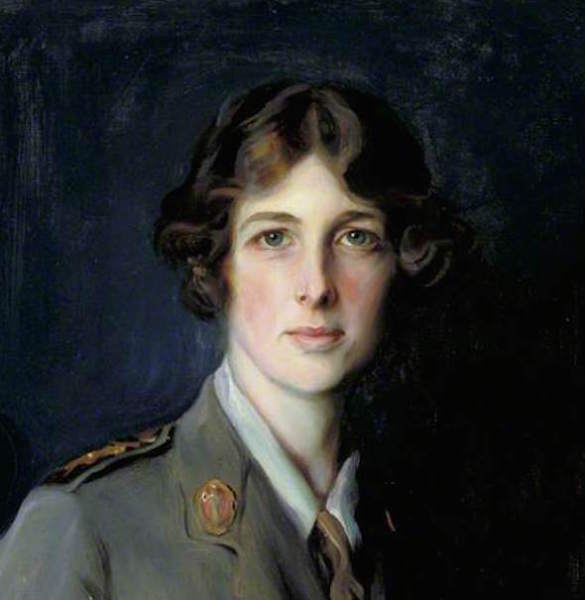
There is a feature in the current National Trust magazine about people associated both with the Trust and with the Suffragettes. First of all: Edith Vane-Tempest-Stewart who lived at Mount Stewart, County Down as the Marchioness of Londonderry, an aristocratic wife and mother. But she was also Colonel-in-Chief of the Women’s Volunteer Reserve in the First World War, and in 1915 formed the Women’s Legion which provided female cooks for the military, ambulance drivers, mechanics etc. She campaigned for suffrage but only for ‘duly qualified’ women (in heaven’s name, what was the impetus for women to become ‘duly qualified’ if they couldn’t vote?). The portrait (which is in fact much larger, showing the entire jacket) was painted by Philip de László in 1918, it’s at the Imperial War Museum and here taken from ArtUK.
16 February 2018
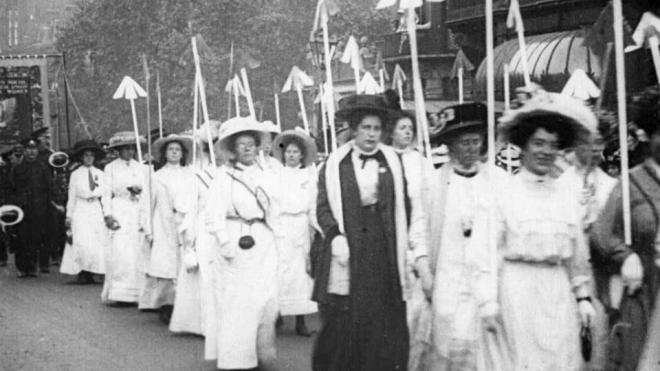
Lastly, an extraordinary film of a suffragette demonstration in London, possibly in Bloomsbury, organised by the WSPU on 18 June 1910. The three minute film is available free of charge on the BFI site here (but do think of joining the BFI, it is a marvellous cause). To think that all this effort and organisation and time went in to denying women something they were obviously going to be granted one day – the vote. It is unbelievable that it was only a hundred years ago. And to think that ‘our’ author Maud Pember Reeves campaigned for women to have the vote in New Zealand and they were allowed it (funny word, allowed) in 1893. Yet it took Britain another twenty-five years of pointless and agonised argument. But then, plus ça change: HS2, eating a lot of meat, polluting the world with plastic, denying climate change, fire precautions in tower blocks, equal pay, wanting not to be in a union with our European neighbours, closing libraries, to name but a few of the issues which currently preoccupy us – one day they will be resolved and our descendants will see us as intransigeant and old-fashioned as our ancestors who once denied women the vote.
15 February 2018
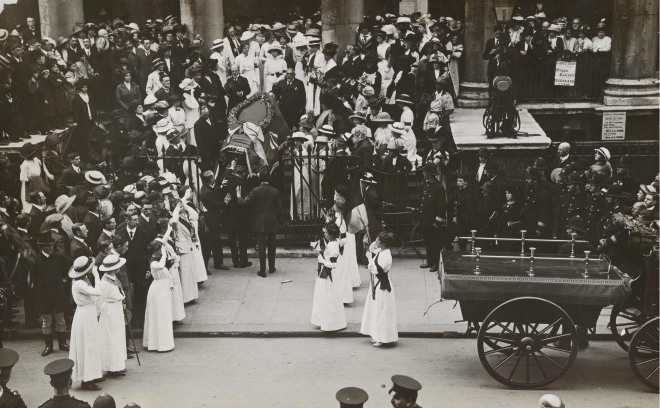
The funeral service for Emily Wilding Davison at St George’s Church, Bloomsbury on 14 June 1913. Five thousand women, wearing suffragette colours, formed a procession that followed the body from Victoria to Kings Cross stations; the brief service was held at St George’s en route.
14 February 2018
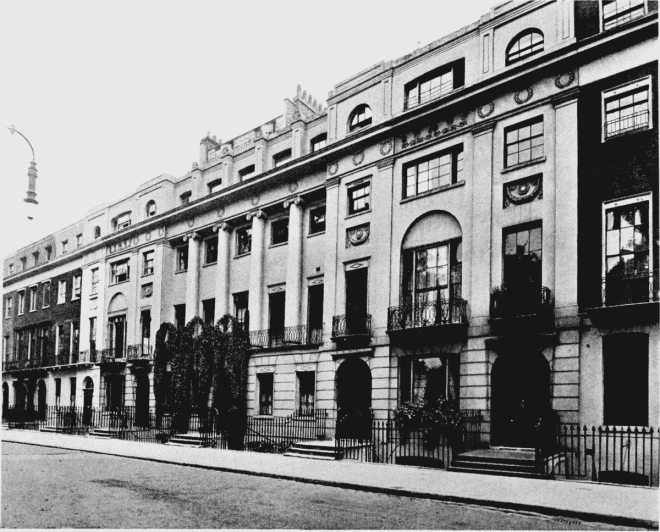
The People’s Suffrage Foundation had its office in Mecklenburgh Square (the square that is the subject of a forthcoming book by Persephone’s very own Saturday girl Francesca Wade) and in 1910 Virginia Woolf spent a short time addressing envelopes here. Some of the details of the PSF would appear in Night and Day – it was disguised by being moved from Mecklenburgh Square to Russell Square.
13 February 2018

The National Portrait Gallery is showing the 1914 surveillance photographs of suffragettes. There is something deeply shocking about the idea of the police, or rather the Criminal Record Office, secretly photographing women simply because they wanted the vote. The eight women have been identified and their names are here (scroll down). Also, who would have thought it (then) that 104 years on the photographs would have been at the National Portrait Gallery. The only comfort is that we would have been one of these women. Although when one re-reads the scene of force feeding in our suffragette novel No Surrender, one cannot be quite so complacent about being brave…
12 February 2018
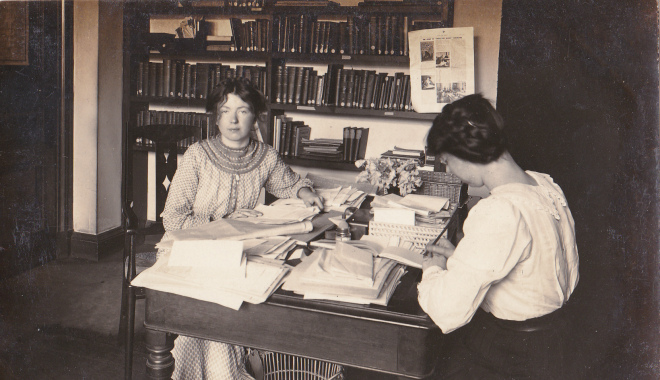
Bloomsbury was crucial to the Suffragette movement so we cannot let last week’s great anniversary pass unnoticed by the Persephone Post. First of all, here is Christabel Pankhurst in the office of the WSPU (Women’s Social and Political Union) in Clements Inn in 1910-11. The photograph was taken by a H.Sergeant of Ladbroke Grove and is on the always fascinating Women and Her Sphere blog here. And here, from the same source, is a piece about Clements Inn
